Stone Drywall ~ Cultural Intangible Heritage {100% power up}
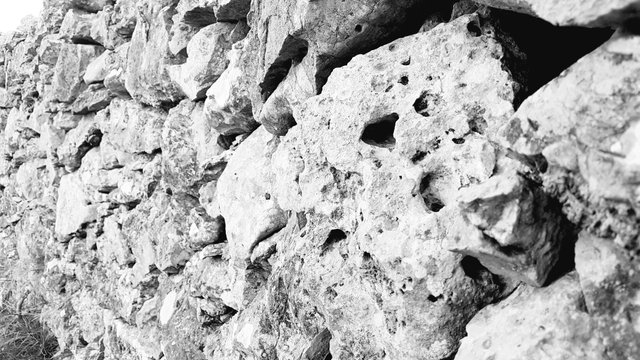
For decades, the traditional construction of dry stone walls, ie the entire vernacular architecture, which was built without the use of binders, has been completely unjustly neglected, ie dry, is an integral element of every cultivated landscape along the Mediterranean coast.
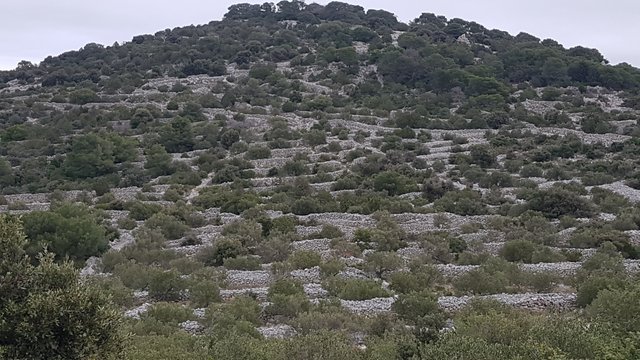
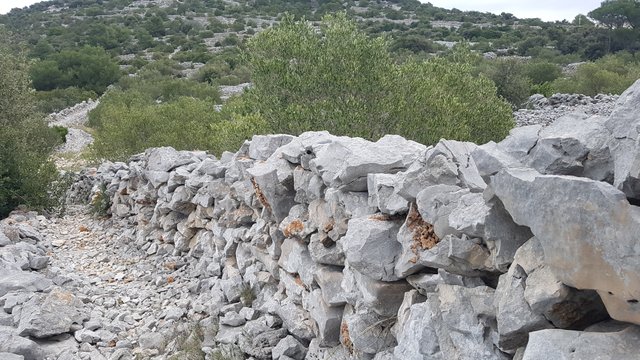
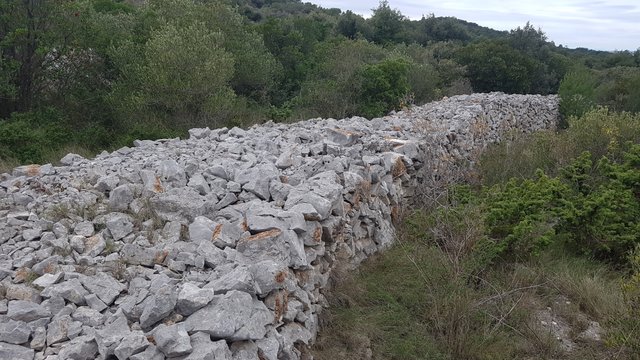
Inclusion of dry stone walls on the UNESCO list of intangible cultural heritage is an exceptional step towards preserving this tradition, because although it is impossible to protect all dry stone walls, stone buildings or vineyards, we have the imperative to preserve knowledge that has been honed over the centuries and passed to future generations.
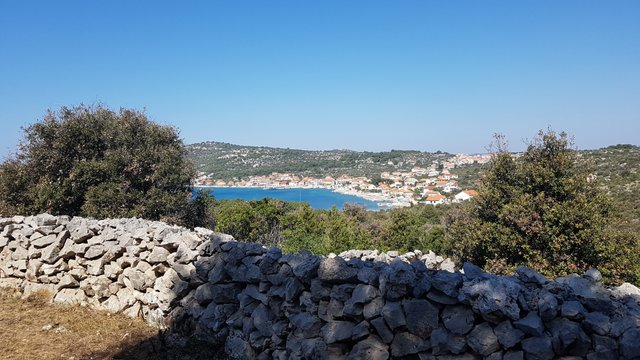
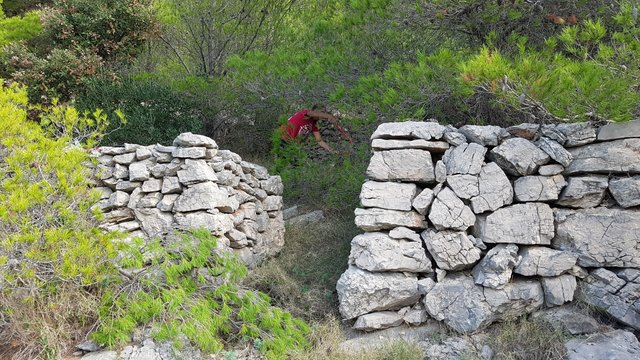
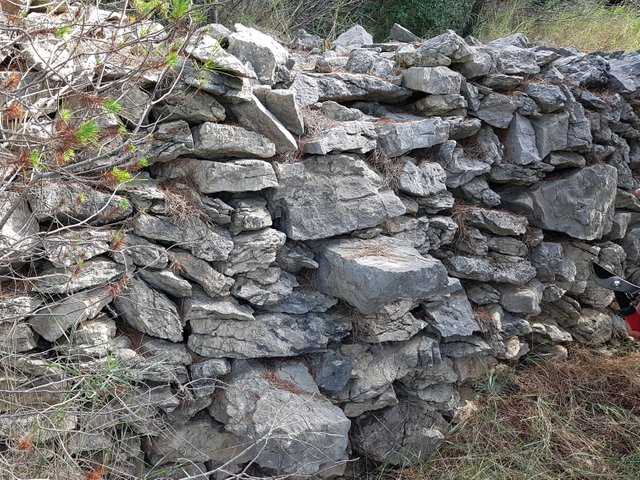
Today, the land on the island is not cultivated as our ancestors used to be, so everything is overgrown with vegetation, so the stone walls are not as beautifully visible as they used to be. But there are so many of them that you just can’t go unnoticed.
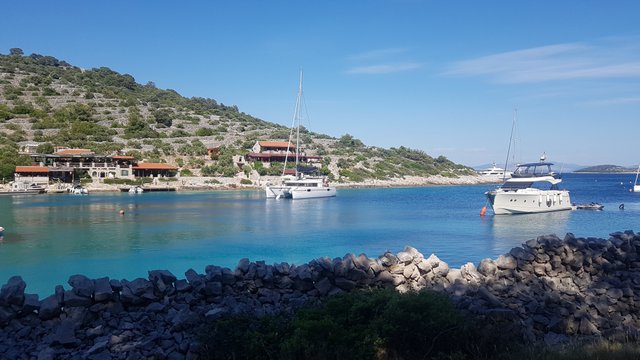
If you take a closer look above these restaurants to the top of the hill you will see only stone dry stone walls with olive trees inside.
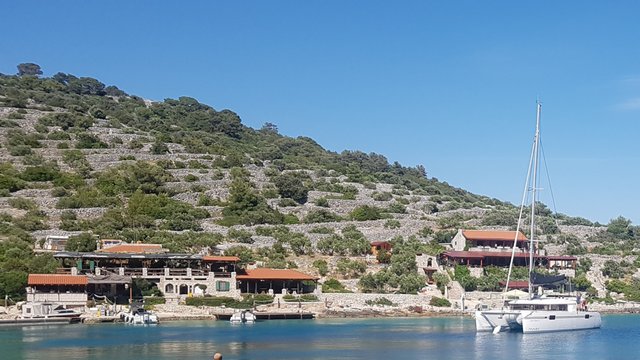
This is a karst area so our grandparents to find some arable land dug up the stone and stacked it into the walls.
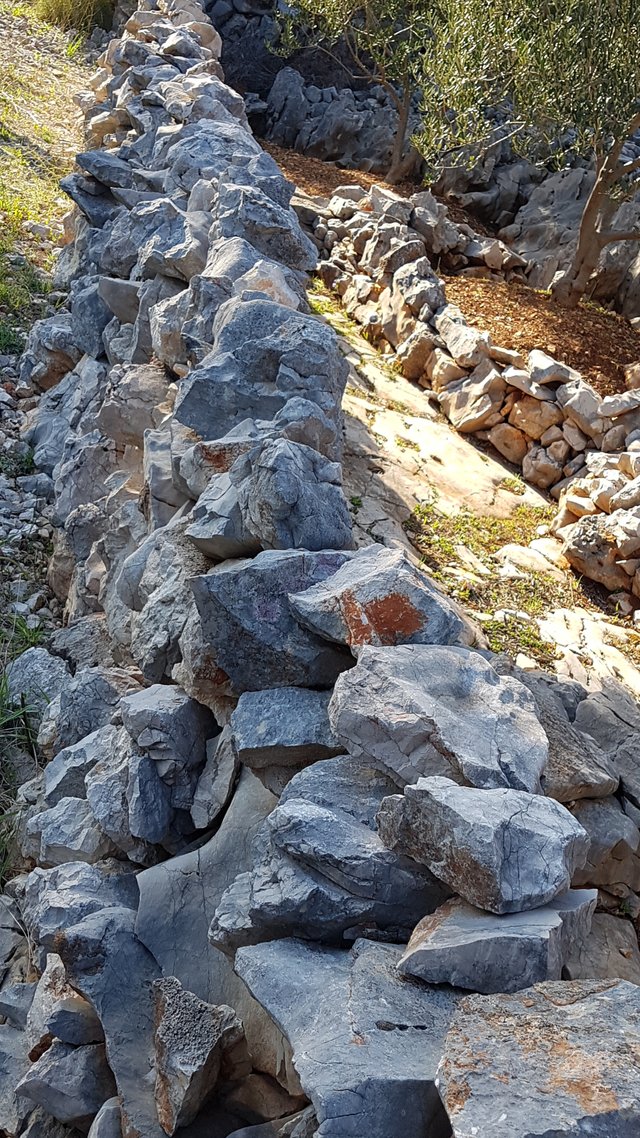
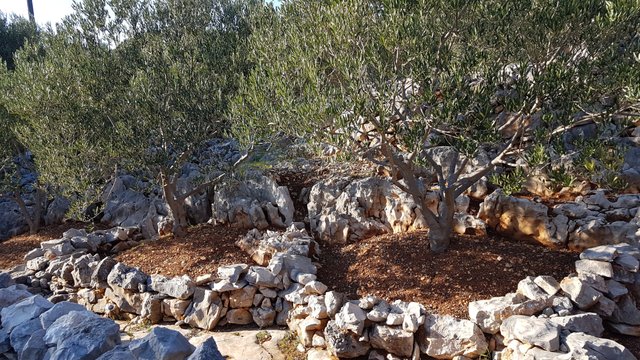
Their dry stone walls were roads and a border that separated the owners of the terrain. These walls protected the crops and prevented rain from washing away the land in this karst area. So they had multiple uses.
The skill of building dry stone walls, which could and should be used by anyone who cultivated fields, has been passed down for generations, but without any material record, which proved crucial when this continuity was broken in the last decades of the 20th century.
The most striking example of drywall construction, at least from a bird's eye view, is certainly the islet of Baljenac.
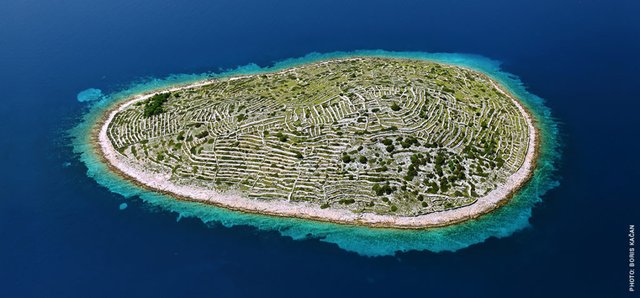
To give you a better idea of what it looks like from the air since I don't have a drone, I took this picture from a Google source
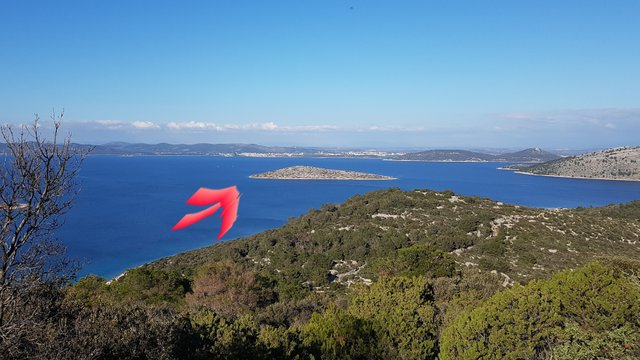
It is located about 400 meters from my island.
Although its area is only 0.14 km2, Baljenac has an incredible 23 km of dry stone walls.
But that's not all, the shape of the island and its intricate network of dry stone walls look like a huge fingerprint, that's what it's called 'fingerprint island'. Under this name this small island is known all over the world, even National Geographic filmed about it.
The fingerprint is a symbol of Croatia because the father of dactyloscopy, Ivan Vučetić, was from the island of Hvar.
Island of Kaprije, Dalmatia, Croatia.
... thank you ...
Hola mi estimado amigo, que interesante, a mi me gustan los muros de piedra, espero tener un jardín con suficiente espacio para hacer un muro así 😃, algún día, algún día, no pierdo la esperanza. Fue un gran trabajo el de los antepasados y que bella se ve la isla, hasta la forma del dedo tiene 😂
Saludos amigo@to-tru, que estés bien ☺️
Our ancestors lived off the land and worked it a lot. Today we do not work even half of them and reap the fruits of the earth poorly.
And food will be a real treasure in the future because the seeds are already under control and everything is geomodified.
Saludos amigo @nithku,que tenga un lindo día.
✌😉👍
Yo cosecho en el supermercado mi amigo 🤭 mis abuelos tenían terreno pero lo fueron cediendo para que sus hijos y amigos construyeran y ahora ni un patio quedo ☹️